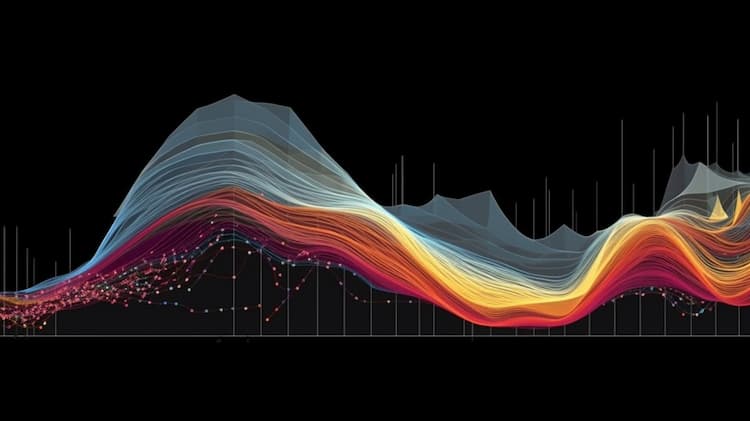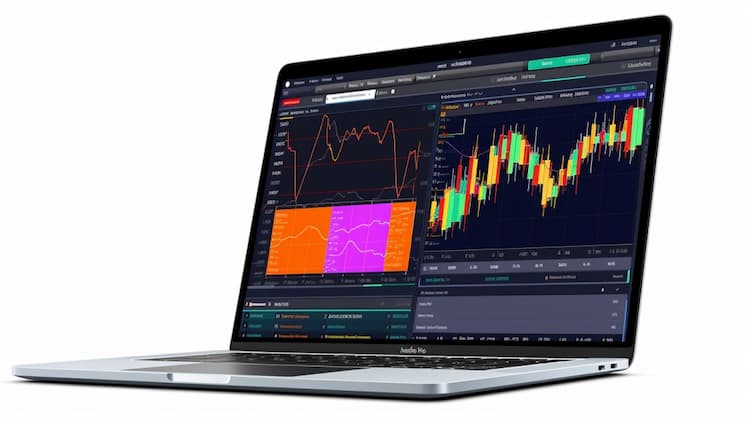
SPYV VS IWD: A Comprehensive Comparison of ETFs
Exchange-Traded Funds (ETFs) have reshaped the investment landscape, providing investors with efficient ways to gain exposure to various sectors and asset classes. In this article, we will conduct an in-depth comparison between two prominent ETFs: SPYV (SPDR Portfolio S&P 500 Value ETF) and IWD (iShares Russell 1000 Value ETF). We'll delve into their tickers, full names, issuers, sectors, top holdings, capitalization, investment strategies, tracking methods, and exposure.
SPYV VS IWD: Overview
SPYV and IWD are both ETFs that focus on value stocks within the U.S. equity market. SPYV, managed by State Street Global Advisors, aims to provide exposure to undervalued companies within the S&P 500 Index. IWD, offered by BlackRock, tracks the performance of the Russell 1000 Value Index, focusing on large-cap value stocks. These ETFs' shared emphasis on value investing sets the stage for a comprehensive comparison.
SPYV VS IWD: Sectors and Top Holdings
SPYV concentrates on sectors such as financials, energy, and consumer discretionary, seeking companies that may be priced below their intrinsic value. In contrast, IWD's sector exposure spans across financial services, healthcare, and technology, among others. SPYV's top holdings include financial giants like Berkshire Hathaway and JPMorgan Chase, while IWD's top holdings encompass companies like Johnson & Johnson and Procter & Gamble. Recognizing the sectors and top holdings of these ETFs aids investors in understanding their diversification and potential risk exposure.
 SPYV overlap SPYV VS IWD: A Comprehensive Comparison of ETFs
SPYV overlap SPYV VS IWD: A Comprehensive Comparison of ETFs
SPYV VS IWD: Capitalization and Investment Strategy
SPYV boasts a significant asset under management (AUM), indicative of its popularity among investors seeking value-focused exposure to large-cap U.S. stocks. Its strategy revolves around identifying stocks that may be trading at a discount to their intrinsic value. IWD's investment strategy is aligned with the Russell 1000 Value Index, targeting companies with lower price-to-book ratios compared to their growth-oriented counterparts. The differences in capitalization and investment strategy between SPYV and IWD offer distinct opportunities and risk profiles for investors to consider.
SPYV VS IWD: Tracking Methods and Exposure
SPYV tracks an index that comprises companies demonstrating value characteristics, such as low price-to-earnings and price-to-book ratios. On the other hand, IWD aims to replicate the performance of the Russell 1000 Value Index, encompassing large-cap U.S. value stocks. The tracking methods reflect each ETF's objective, with SPYV focusing on value factors and IWD mirroring the value index. Understanding the tracking methods and exposure of these ETFs aids investors in aligning their investment choices with their strategies.
Conclusion
SPYV and IWD represent two distinct approaches to value investing in the U.S. equity market. For investors seeking insights into holdings, correlations, overlaps, and other valuable information, ETF Insider offers an intuitive platform for exploration. With its user-friendly app, ETF Insider empowers investors to gain a deeper understanding of these ETFs and other financial instruments.
Disclaimer: This article is intended for informational purposes only and does not provide investment advisory services.
Sources:
SPYV ETF Overview: [Source Link]
IWD ETF Overview: [Source Link]
ETF Insider: [Source Link]
SPYV ETF issuer
SPYV ETF official page
IWD quote and analysis
Discover the top holdings, correlations, and overlaps of ETFs using our visualization tool.
Our app allows you to build and track your portfolio.
To learn more about the IWD iShares Russell 1000 Value ETF, access our dedicated page now.
















